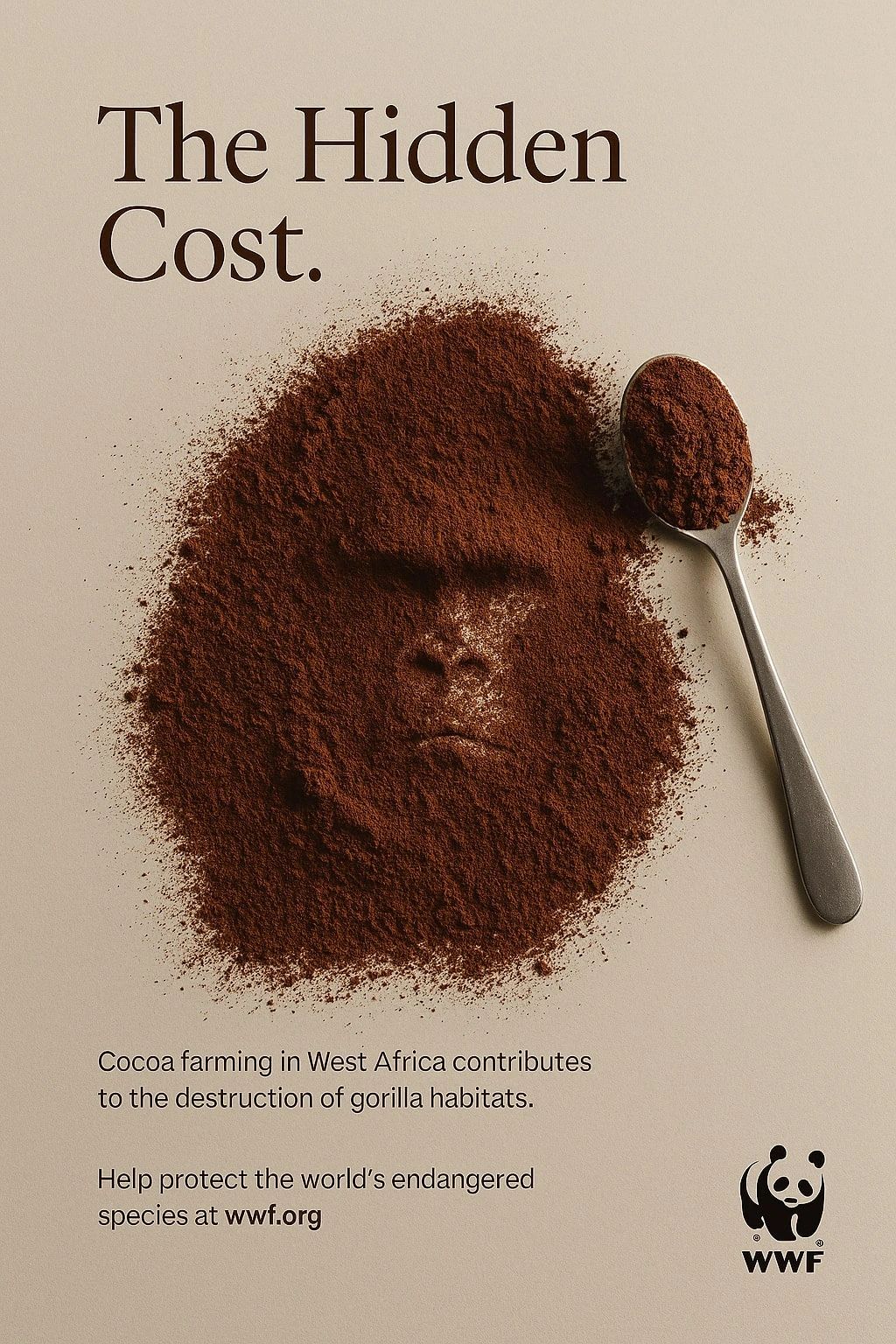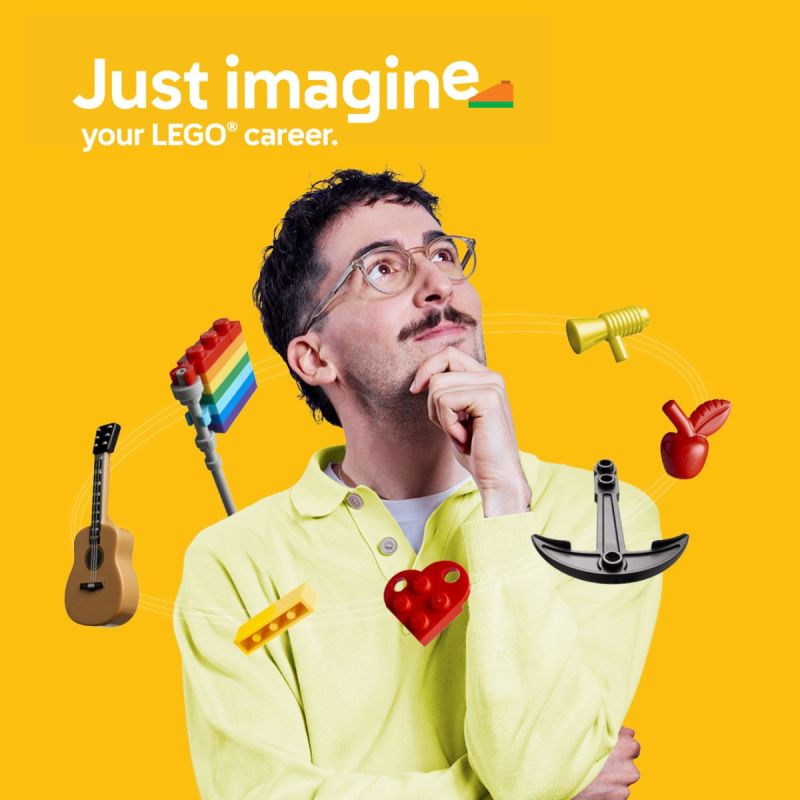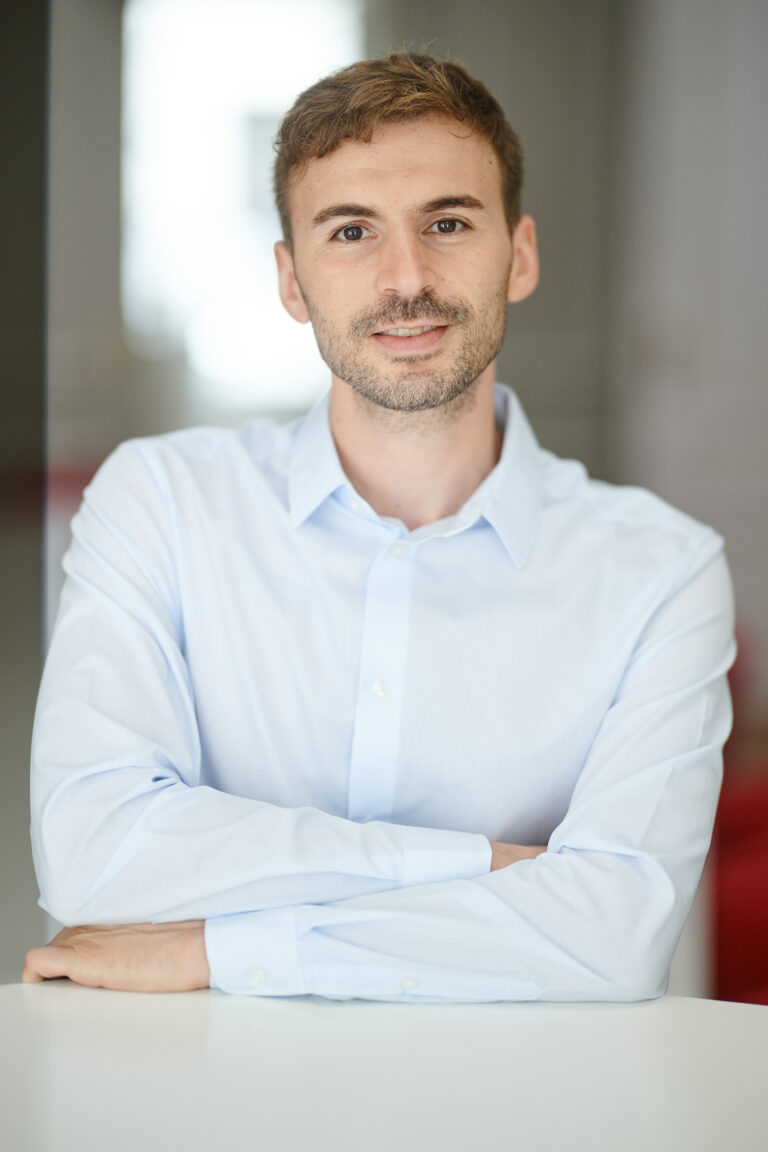It was twenty years ago that we saw the first advert on LinkedIn. The platform was only just taking its first steps, having been launched in 2003. At that time, Friends was still on television, hip hop was enjoying its golden age, and The Return of the King was on everyone’s lips . But something else was quietly brewing; something that would soon explode and change the world forever: the digital era was spreading across the globe at remarkable speed.
With it, social media platforms began to flourish, rapidly gaining subscribers who wanted to connect with friends, family, and people who shared their interests. The idea of belonging to a virtual community quickly became almost an obsession that quietly settled into people’s lives.
In the Back office of these social media platforms, users were helping to shape a new market segment without even realising it. A market which, over the years, became massive, attracting businesses from across sectors eager to promote their brands to this growing audience.
Building credibility and trust
In LinkedIn’s case, it all started with very basic Direct Ads, banner spaces that advertisers had to purchase through a sales representative. Self-service advertising was still a long way off. That changed in 2008, when advertisers were finally able to run campaigns on their own.
Over the following decade, LinkedIn evolved into a space where customers could engage directly with brands, constituting a new forum for interaction and exchange. Businesses kept their audiences informed about new trends and developments, while customers shared comments and even offered insights into their tastes and preferences. But it wasn’t just companies that seized this opportunity, politicians also began writing articles and sharing their thoughts to build an audience, and in doing so, a new electoral stronghold.
As LinkedIn’s user base continued to grow, new advertising tools were introduced. Sponsored content, now widely used, has its roots in 2013. Over time, it has become increasingly effective at targeting specific audiences, allowing advertisers to reach people based on age, sector, location, and more.
Today, LinkedIn remains one of the most powerful platforms for building an audience and engaging with it. It has become an effective space not only for commercial purposes, but also for advocacy campaigns, thanks to the nature of its audience, which is more sector-focused and has helped to cultivate strong professional and B2B networks.
The ad success stories
Having a multi-format space – images, videos, or downloadable PDFs – is a big asset. But staying at the forefront of advertising for two decades takes more than just format flexibility; LinkedIn offers something even more powerful: a highly targeted, professional audience that shares common ground.
That’s why organisations choose it. It’s not just reach; it’s relevance. Conversations on the platform give advertisers insights into what their audience truly cares about. That’s what drives clicks and engagement.
Why is this relevant? Because it fuels ongoing conversations around topics that matters to the sector. This is what we ultimately call engagement.
Monitoring those conversations is what gives advertisers clues and insights on what the audience truly cares about. This intelligence gathering helps craft more effective campaigns and succeed in making a high number of users click on the link to access a website or download a study; which we ultimately call clickthrough rate.
Business, institutions, NGOs, have all understood the game and the unspoken [not so unspoken] secret to playing it: it’s never about the ad, but the story behind it.
 WWF, is known for its clever and bold campaigns to raise awareness on environmental issues through emotional and powerful stories.
WWF, is known for its clever and bold campaigns to raise awareness on environmental issues through emotional and powerful stories.
In the “Hidden Cost” campaign they used a carousel of images to reveal how everyday products can threaten wildlife and damage animals’ habitats – a simple, visual story that made a complex issue impossible to ignore. The strength of the message lies in its clarity, making a complex issue accessible and deeply relatable.

When it comes to Lego, it’s always fun to build either a town or a campaign out of its pieces.
In this case, the Danish company launched the “just imagine” campaign to attract new talent by showcasing the company through the lens of its own people. Everything about this campaign seems smart and “cool”.
A compelling story can also educate. Deloitte’s full-time influencer, Lara Sophie Bothur, turned thought leadership into a magnet for attention. By talking about “tech for good”, advocating for women in tech and sharing career advice, she made millions feel personally connected to Deloitte’s mission.
Different campaigns, same pattern:
- A deep understanding of the audience
- Clear, tangible value
- A tone that feels authentic and engaging
That is the only magic potion.
